当前位置:网站首页>GPS from entry to abandonment (XVII), tropospheric delay
GPS from entry to abandonment (XVII), tropospheric delay
2022-07-06 21:57:00 【Chasing wind】
One 、 Tropospheric concept
The troposphere (Troposphere) The layer of the earth's atmosphere near the ground . It is also the densest layer in the earth's atmosphere , It contains the entire atmosphere about 75% The quality of the , And almost all water vapor and aerosols .
- The lower boundary of the troposphere is connected with the ground , The upper bound height varies with geographical latitude and season , In low latitudes, the average altitude is 17 ~ 18 km , In mid latitudes, the average is 10 ~ 12 km , In high-dimensional areas, the average is 8 ~ 9 km , And summer is higher than winter .
- The troposphere in the field of satellite navigation is different from the strict definition of troposphere in Atmospheric Science . Tropospheric delay should be considered in the field of satellite navigation , Therefore, the region from the earth's surface to the ionosphere is regarded as the troposphere , From 0km To about 50km Atmospheric region .
- cloud 、 Fog 、 rain 、 Many weather phenomena such as snow occur in the troposphere .
- The main propagation modes or effects in the troposphere are : Atmospheric refraction 、 Waveguide propagation 、 Tropospheric scattering 、 Multipath propagation 、 Atmospheric absorption , And the absorption and scattering of water vapor condensates and other atmospheric particles .
Two 、 The influence of troposphere on satellite navigation
Because satellites are outside the atmosphere , Satellite signals must pass through the troposphere in the atmosphere to spread to the earth , So it must be affected by the troposphere . The troposphere is a non dispersive medium , That is, the dielectric constant of the medium is independent of frequency , So in the troposphere , Electromagnetic waves of different frequencies have the same propagation speed . Therefore, the method of using dual frequency receiver to eliminate ionospheric delay used in the article of ionospheric delay cannot be used in the troposphere . This makes us generally use mathematical models to estimate tropospheric delay in practice . Of course , When there is a base station , The tropospheric delay can also be eliminated by differential method ( Refer to the article Difference GPS).
3、 ... and 、 Tropospheric model
It may be because there are too many tropospheric models , The accuracy is not so high , stay GPS The official reference troposphere model is not given in the interface description document of . Here we have RTKLIB Used in Saastamoinen The model says .
The standard atmosphere model can be expressed as :
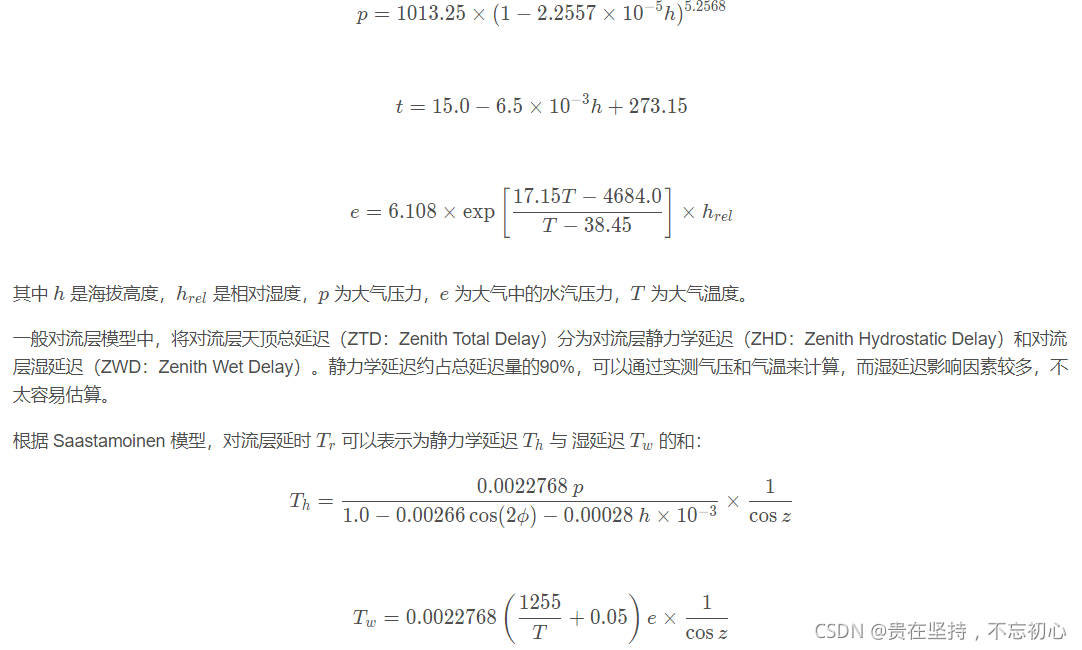

Here's an excerpt from RTKLIB of use Saastamoinen The function code for calculating tropospheric delay by the model , It can correspond to the above formula one by one . Note the unit conversion during calculation ,azel[0], azel[1] They are azimuth and elevation ,pos[0], pos[1] They are the latitude and longitude of the receiver , Their units are radians ,pos[2] Is the receiver height , The unit is rice. .
/* troposphere model -----------------------------------------------------------
* compute tropospheric delay by standard atmosphere and saastamoinen model
* args : gtime_t time I time
* double *pos I receiver position {lat,lon,h} (rad,m)
* double *azel I azimuth/elevation angle {az,el} (rad)
* double humi I relative humidity
* return : tropospheric delay (m)
*-----------------------------------------------------------------------------*/
extern double tropmodel(gtime_t time, const double *pos, const double *azel,
double humi)
{
const double temp0=15.0; /* temparature at sea level */
double hgt,pres,temp,e,z,trph,trpw;
if (pos[2]<-100.0||1E4<pos[2]||azel[1]<=0) return 0.0;
/* standard atmosphere */
hgt=pos[2]<0.0?0.0:pos[2];
pres=1013.25*pow(1.0-2.2557E-5*hgt,5.2568);
temp=temp0-6.5E-3*hgt+273.16;
e=6.108*humi*exp((17.15*temp-4684.0)/(temp-38.45));
/* saastamoninen model */
z=PI/2.0-azel[1];
trph=0.0022768*pres/(1.0-0.00266*cos(2.0*pos[0])-0.00028*hgt/1E3)/cos(z);
trpw=0.002277*(1255.0/temp+0.05)*e/cos(z);
return trph+trpw;
}边栏推荐
- Reset Mikrotik Routeros using netinstall
- 1292_ Implementation analysis of vtask resume() and xtask resume fromisr() in freeros
- 语谱图怎么看
- MariaDb数据库管理系统的学习(一)安装示意图
- Sql: stored procedures and triggers - Notes
- R3live notes: image processing section
- ViT论文详解
- GPS从入门到放弃(十二)、 多普勒定速
- Unity3D学习笔记6——GPU实例化(1)
- 基于LM317的可调直流电源
猜你喜欢

50 commonly used numpy function explanations, parameters and usage examples
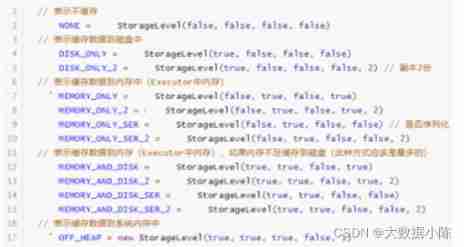
Persistence / caching of RDD in spark
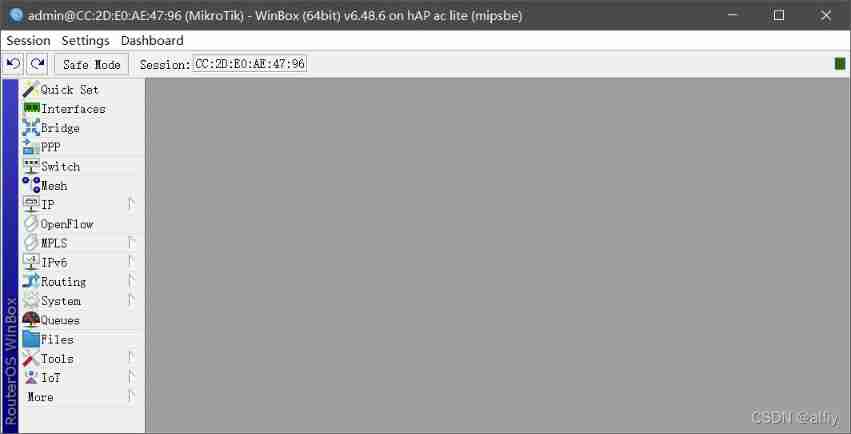
Reset Mikrotik Routeros using netinstall
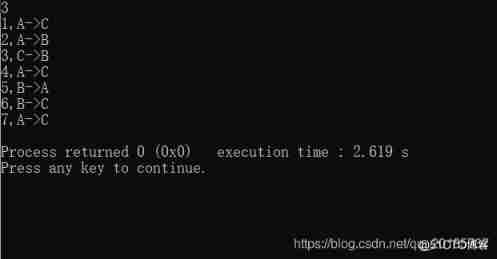
Yyds dry goods inventory C language recursive implementation of Hanoi Tower

用aardio写一个旋转验证码标注小工具

uni-app App端半屏连续扫码
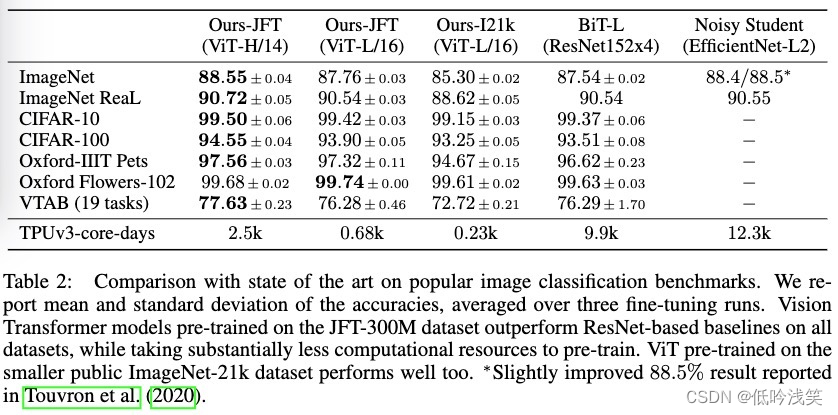
Vit paper details
![Leetcode topic [array] -118 Yang Hui triangle](/img/77/d8a7085968cc443260b4c0910bd04b.jpg)
Leetcode topic [array] -118 Yang Hui triangle

Enhance network security of kubernetes with cilium
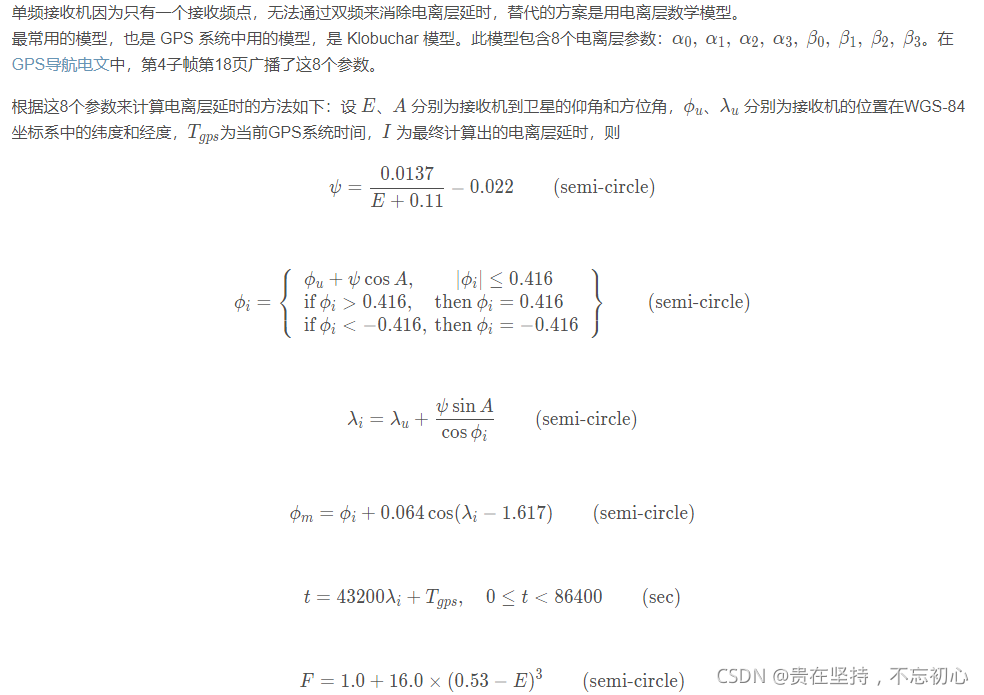
GPS从入门到放弃(十四)、电离层延时
随机推荐
string的底层实现
设置状态栏样式Demo
Guava: use of multiset
Why is the cluster mode of spark on Yan better than the client mode
[Li Kou brushing questions] one dimensional dynamic planning record (53 change exchanges, 300 longest increasing subsequence, 53 largest subarray and)
11、 Service introduction and port
数字化转型挂帅复产复工,线上线下全融合重建商业逻辑
Tiktok will push the independent grass planting app "praiseworthy". Can't bytes forget the little red book?
中国白酒的5场大战
Solution to the problem of UOS boot prompt unlocking login password ring
Vit paper details
Leveldb source code analysis series - main process
What about the spectrogram
Hill | insert sort
红杉中国,刚刚募资90亿美元
50个常用的Numpy函数解释,参数和使用示例
Why rdd/dataset is needed in spark
20 large visual screens that are highly praised by the boss, with source code templates!
功能强大的国产Api管理工具
Huawei has launched attacks in many industries at the same time, and its frightening technology has made European and American enterprises tremble